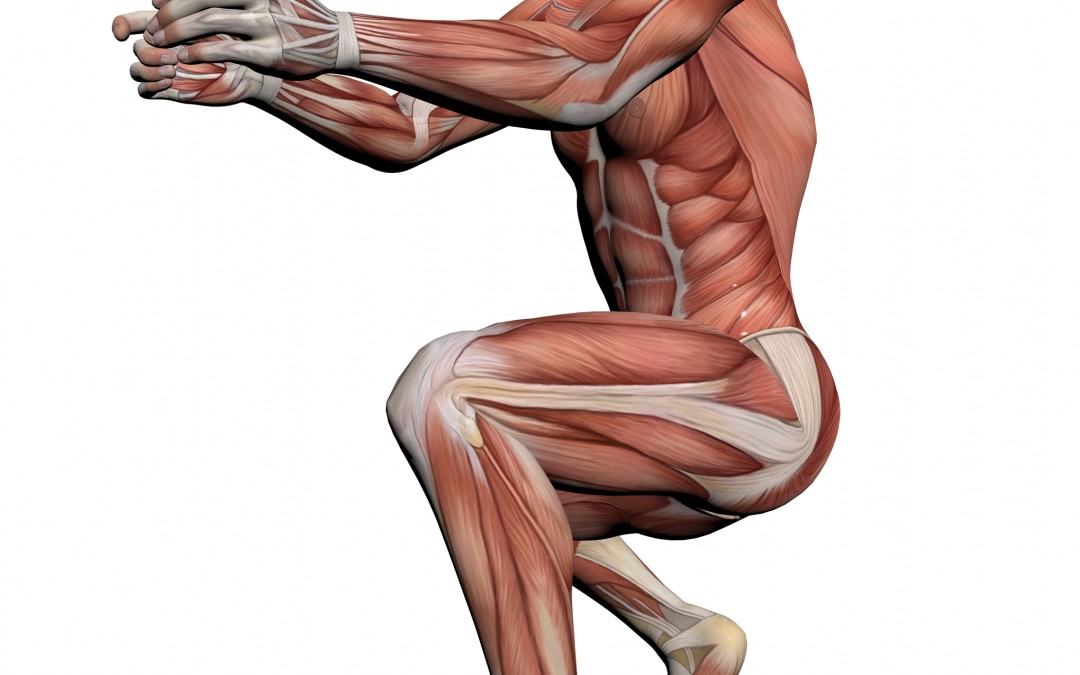A “strong core” is a popular phrase often mentioned in newspapers, TV and health magazines; yet with minimal information explaining why we need a strong core, what muscles make up the core and how it affects our daily lives. “The muscles of the core form a dynamic link between your legs and arms, making them key to an aligned posture that allows you to move through your day without a tweaked neck or aching knee.” Within the past 10 years there have been numerous studies in this area and the core’s role in our movements.
Researchers have found that targeted core training has produced relief from back pain and other ailments but first you’ll need to know if a weak core is what’s causing the pain, what you should and shouldn’t be doing and what you actually need to work. In this month’s Men’s Journal there was an excellent article and diagram explaining all the muscles that make up your core as well as where those muscles are located. I thought it a good topic to review and a great article to share – click here.
What does it mean to train your core? It’s basically multi-joint training (working more than 1 muscle at a time) and not doing just a 100 sit-ups or crunches 3x a week; which you probably shouldn’t be doing anyhow but, that’s another topic. “Training the core means targeting a whole chain of muscles that work together.” When performing a standing overhead press you stabilize your torso and push your feet into the floor. Pull-ups are powered by the pelvic floor and lats – not just your arm strength. There is horizontal push-pulls as well as vertical push-pulls keeping our trunk stable to resist lateral movement. There are kneeling and standing Ax Chops that work torso rotation and trunk stability. The list can go one but notice there isn’t just a bicep curl or Tricep press. There is nothing wrong with single joint exercises but for a strong core, you have to work multiple muscles – after all, you move that way every single day.
For those of you that train with us, we train all areas of the core in all planes of motion while taking into consideration mobility and stability. This ensures you are not only strong for your workouts but your daily life and the activities you want to participate in. If you have any questions about your workouts or incorporating some exercises into your individual workouts please don’t hesitate to ask us – we are here to help you however we can.

